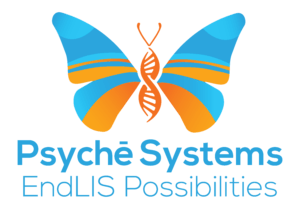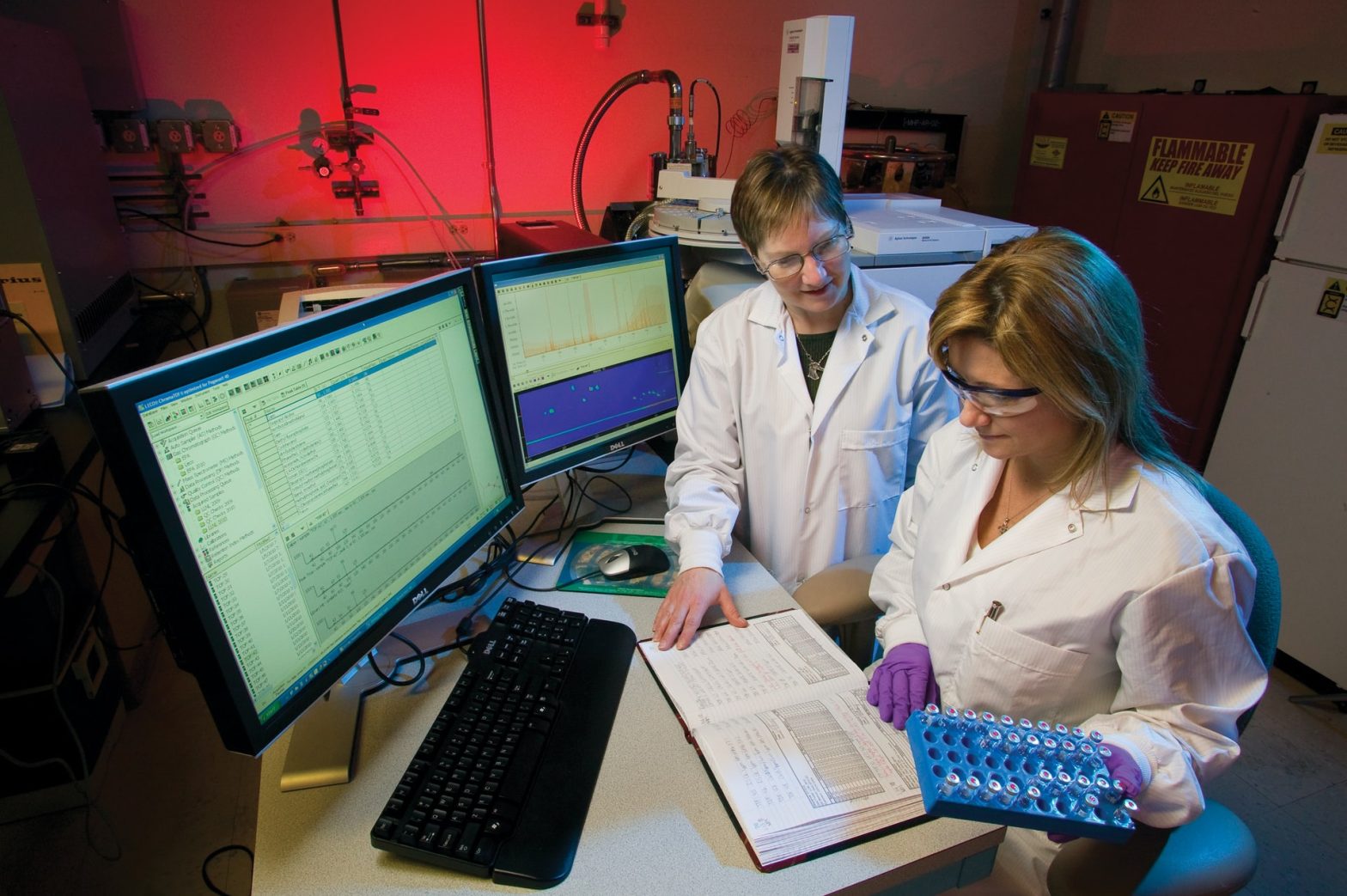If you work in a lab now or are considering lab work as a future career, there is good news! The field of laboratory diagnostics is growing at a significant rate. In addition, innovative laboratory information software like ours makes working in labs better than ever before. Other innovations and trends towards improving workspaces and retaining employees are promising. Working in a lab is set to get even better over the next five years.
#1 The Growth Potential for Laboratory Research Jobs Is Significant
Nearly 20% of lab workers in almost every research field are either at or near the age of the Baby Boom generation. The field of laboratory research will see many senior workers retire in the next five years. As a result, there will be more open positions and chances for advancement for younger lab workers. According to the Bureau of Labor Statistics, the medical and clinical laboratory field growth of open positions will increase by 16% over the next 10 years. So polish up that resume and consider getting extra training to help top off your skills. There are a lot of great opportunities for lab workers in the near future.
In addition, laboratory companies will realize the need to acquire and retain talent. As a result, they are looking at ways to create work environments that increase satisfaction and create cultures that retain talented people like you.
#2 Digitization and Laboratory Software Makes Working in Labs Better Than Ever
The digitization trend is key for laboratories now and in the future. Advanced, cutting-edge information and communication technology and processes that link people, devices, products, and systems are all being networked in a self-organized manner. It’s an approach that makes it possible to master the complexity of laboratory processes. It also optimizes workflows and allows for work efficiency. As a result, the life of laboratory workers is easier.
#3 Laboratory Software Information and Management System Innovations
As labs work towards full digitization, the amount of data is increasing. As a result, laboratory software from Psychē Systems is critical for managing modern labs. Laboratory software systems allow you to easily maintain an overview and evaluate your processes. Streamlined data entry is faster.
Laboratory Information and Management Systems (LIMS) are the solutions to data management in modern laboratories. Our products support work processes and data tracking while offering interfaces to exchange data easily with other systems. And, since our system is cloud-based, you can access results from anywhere.
As the incorporation of laboratory information software increases, lab workers are not only able to improve productivity, but studies show increased job performance with digitization.
 #4 Laboratory Workspaces Will Evolve and Focus on Collaboration
#4 Laboratory Workspaces Will Evolve and Focus on Collaboration
As labs become more digitized, workspaces will also evolve. Mobile technology is on the rise in labs and more tasks are hands-free as a result. Wireless networks are more advanced and increase the speed and efficiency of data entry. These are changes that reduce the need for a workstation “tether” for laboratory workers.
Innovations like these allow workers more opportunity for collaboration. Collaboration is also a major trend of the future for labs. The other key term is flexibility. During the Covid pandemic, labs adapted to meet critical current needs. The ability to adapt worked well, so lab designs will continue to reflect the need for flexibility.
In the past, scientific research involved basic requirements for personal space. Researchers required a six-foot-long workbench and a four-foot-long desk. This paradigm has shifted to a model where shared common space is the priority for multidisciplinary research teams that need to collaborate and share resources. Teams aren’t just in a single location; video conferencing, data sharing, and the cloud collaboration software mentioned connect virtual teams.
Another trend in laboratory space planning is the concept of in-between spaces. Designed to encourage spontaneous collaboration among researchers, in-between spaces are dedicated communal areas that increase social interaction. Some examples are brainstorming areas, study rooms, conference rooms, cafes, and casual lounge areas for impromptu, face-to-face meetings.
#5 Labs Will Continue to Focus on Sustainability
The drive towards greener labs will only increase. The creation of multi-use spaces decreases the footprint of buildings and research centers. As a result, this helps lower heating and cooling costs. Finding creative ways of becoming carbon-neutral is critical for lab designers and facility managers. The lab of the future is greener than ever.
About Psychē Systems
For more than 40 years, Psychē Systems has been at the forefront of innovation for laboratory information software. Our goal is to help medical laboratories of every type and size successfully optimize efficiency and cost-effectiveness. We value the laboratory workers who use our systems. Psychē Systems is excited about the future prospects of careers in the medical laboratory field. We will continue to create products that enhance the critical research work performed by professionals in this field.


 #4 Laboratory Workspaces Will Evolve and Focus on Collaboration
#4 Laboratory Workspaces Will Evolve and Focus on Collaboration